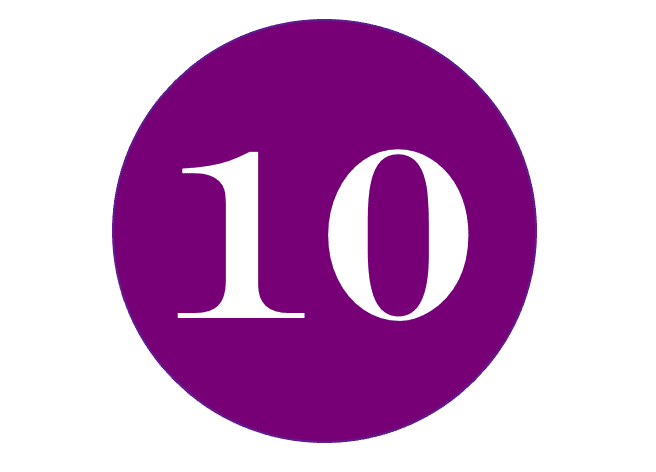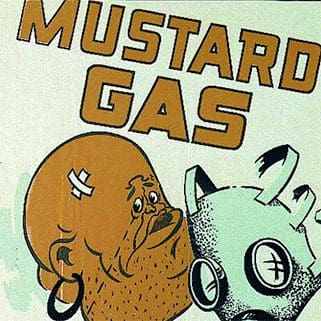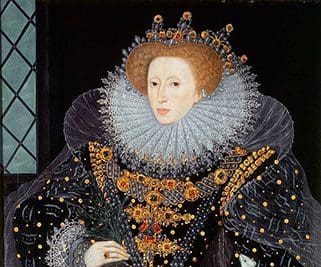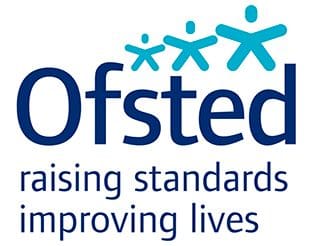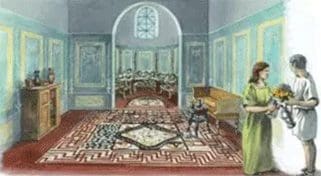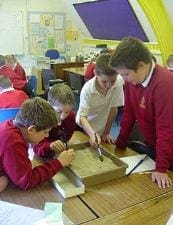
One of the drawbacks of being a historian is you just can’t help yourself when it comes to looking at historical documents. Yesterday I came across my copy of HMI’s report on the state of history 25 years ago. Some of those pupils in those classrooms who were observed in 1996 will now be teaching history! What struck me is how little, for all the flurry of government edicts and pedagogical initiatives/fads, has changed.
Here is a telling passage that could have been written today,
Whereas the wealth of detail with which teachers are able to enliven and illuminate lessons is a major strength of much history teaching, there are two general shortcomings. The first is that attempts to create for pupils a broad overview of the past are few and far between. Only rarely does the teaching seek, by the end of Key Stage 2, to establish coherent links between the various study units or to put local and national events into a wider context. And the second is the relative superficiality of much source-related work. Commonly, for example: pupils receive insufficient guidance to enable them to consider in any depth why accounts of the same event might differ, or how to reconcile them when they do; the distinction between primary and secondary sources is too rigidly or inaccurately drawn; pictorial and oral sources are taken at face value rather than pupils being encouraged to use them with proper caution. These are quite high-order skills; but, given a carefully structured approach, they should be within the grasp of most primary pupils
So, if you want to show that your history teaching is firmly rooted in post-2020 times and not a generation ago, where do you go for advice and examples of good practice in both chronology and source work at KS2?
Probably the simplest way is to look at the new thematic post-1066 study called Beyond Face Value.
It has been designed to help non-specialists see exactly what that HMI was alluding to.It takes a range of written and pictorial images ( portraits, photos etc) and shows pupils how not to assume that all is what it seems.
For all the fully resourced lessons in the topic and the high-quality planning that you need to deliver this Upper Juniors topic go to: Beyond face value
Current users find it’s a perfect topic for Y6 as examples are drawn from the Tudors, Victorians and World War Two, when very few schools can cover all three in depth as well as the National Curriculum’s mandatory topics.

